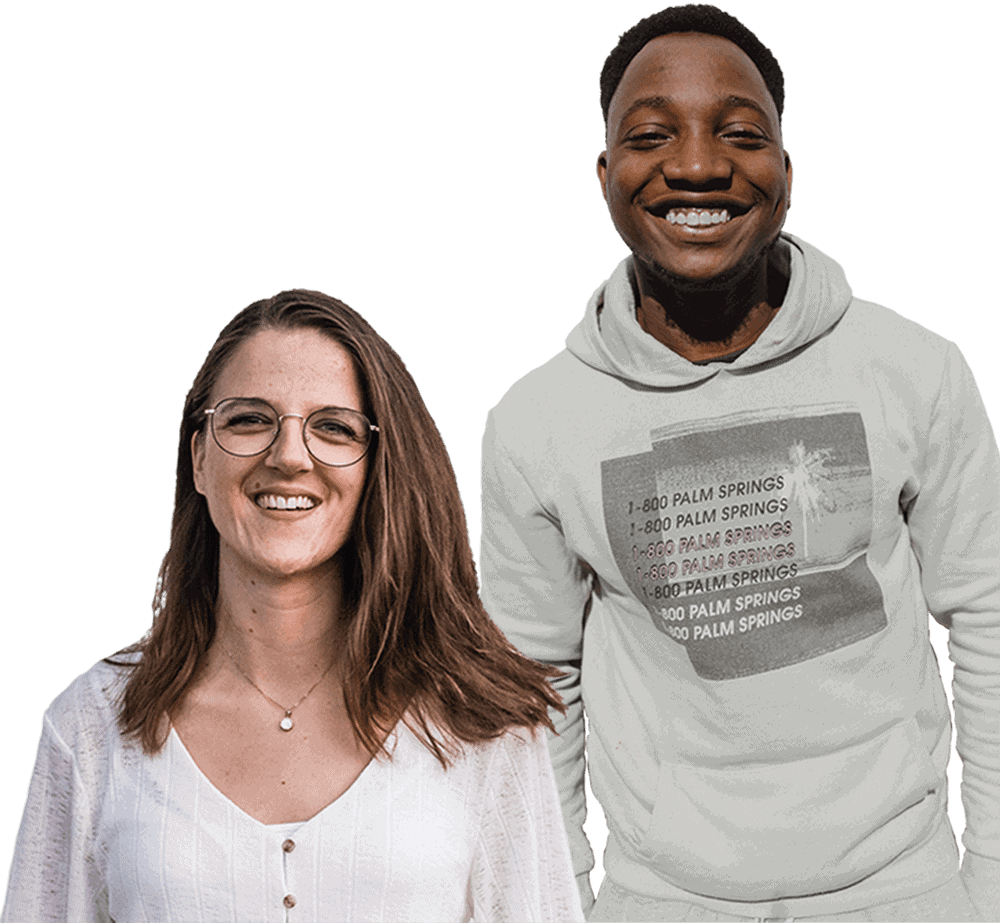The CEO of MCIE Gary Coonar, in his address last term had advocated for readying students to compete in a difficult environment by teaching the four C’s—critical thinking and problem solving, communication, collaboration, and creativity & innovation. There is abundance of technology available at MCIE. We have realised that most students are well versed with technology and are using it when making presentations of their assessments that employs focused collaboration, communication, creativity and critical thinking. In the last term some of the trainers in hospitality have studied the new package to understand the requirements and take in to consideration students needs and ensures practices which are inclusive for all. It was important to undertake this activity before the new hospitality package SIT12 is rolled out in October 2013. We need to ensure that the learning material being developed for this new version of the qualification is inclusive and easy to use by our students.
The main issue under the term inclusion is that of catering for different ability levels and unusual intellectual development. We need to spend time and resources on understanding each learner’s ability and design a program which then needs to be mapped with the competency of that particular qualification. In the previous term, we have been able to test some new technologies which would help our students.
One of a great learning and interacting tool is SlideRocket. Teachers and students utilize the online presentation platform to create numerous presentations ranging from basic culinary to advanced kitchen techniques. With SlideRocket, students can work in teams, collect shared data in Google Docs, and organize their data in a presentation – regardless of their physical location. Students are not only learning valuable skills for the 21st century workplace but through collaboration and presentations are able to clarify research, learning and emulate the benefits of a classroom experience.
Further graphic organisers offer a number of features that provide a visual map with related linkages. These applications would break down the recipe writing process into 3 manageable steps: a) Brainstorming, b) note-taking and c) writing the first draft of the recipe. The visual aspect allows the students to brainstorm thoughts and then visually connect and map out the structure of how the dish is going to look like. All the elements of the balanced dish could be integrated in this dish to encourage the student to create a mind boggling menu. The use of visual graphics, images and other icons can further contextualise what the student is trying to say and enhance culinary terminology, recipe writing and step by step methodology of production of recipes. Our challenge is to download an image of a dish which the trainee has cooked in his workplace to demonstrate competency in a particular unit. We have seen glut of new, heterogeneous computer devices and it would be exciting to see what new technologies we are going to be using in coming years.
Nearly two centuries ago, in 1834, Charles Darwin dismissed the inevitability of both poverty and slavery with the following words: “if the misery of our poor be caused not by the laws of nature, but by our institutions, great is our sin”. Today we have to ponder over the fact that great will be our sin if we do not invest in specially designed multimedia and continue with an ineffective, inappropriate education for students with disability.
These excerpts are from the white paper which I presented in Monash University Clayton campus on 13th of May 2013. Please free feel to send me a mail if you want a full copy.
Rajiv Gulshan




